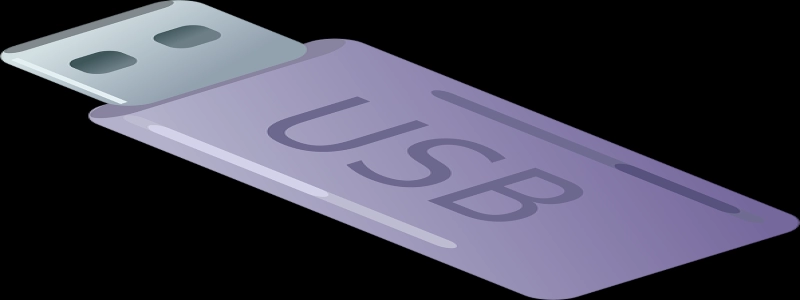Title: Single Mode Fiber Speed
Introduction:
Single mode fiber is a widely used technology for data transmission, offering numerous advantages over other types of optical fibers. In this article, we will delve into the topic of single mode fiber speed and explore its various aspects in detail.
I. What is Single Mode Fiber?
A. Definition: Single mode fiber is an optical fiber that allows only one mode or ray of light to propagate through the core.
B. Structure: It consists of a single, thin glass core surrounded by a cladding layer.
C. Advantages: Single mode fiber provides better signal quality, higher bandwidth, and longer transmission distances compared to multimode fibers.
II. Speed and Bandwidth
A. Speed of Light: Single mode fiber offers the highest speed possible for data transmission, as it allows light to travel at almost the speed of light.
B. Bandwidth: Single mode fiber provides a large bandwidth capacity, enabling faster transmission of data, higher data rates, and greater capacity for multiple applications.
III. Factors Affecting Single Mode Fiber Speed
A. Optical Transmitters: The speed of single mode fiber is affected by the performance of the optical transmitters used, including laser diodes or light-emitting diodes (LEDs).
B. Fiber Characteristics: Fiber characteristics such as dispersion and attenuation can impact the speed of transmission through single mode fiber. Low dispersion and attenuation result in faster signal transmission.
C. Connectors and Splices: The quality and type of connectors and splices used in single mode fiber systems can influence the speed and signal integrity.
IV. Speed Comparison with Multimode Fiber
A. Single mode fiber provides significantly higher speeds compared to multimode fiber. The narrow core of single mode fiber allows for fewer modes of light propagation, reducing the signal dispersion and enabling higher speeds.
B. Multimode fiber, on the other hand, supports multiple modes of light, which can cause signal distortion and limit the maximum achievable speed.
V. Applications
A. Telecom and Internet: Single mode fiber is extensively used in telecommunications and internet infrastructure due to its ability to transmit data over long distances at high speeds.
B. Data Centers: Single mode fiber is becoming increasingly popular in data center networks, providing high-speed connectivity between servers and storage systems.
C. Video Transmission: Single mode fiber supports high-definition video transmission with minimal signal loss, making it ideal for applications such as broadcast and video conferencing.
Conclusion:
Single mode fiber offers unmatched speed and bandwidth capabilities, making it the preferred choice for high-speed data transmission. Its ability to transmit light at almost the speed of light, low signal dispersion, and longer transmission distances make it an essential technology in various industries such as telecommunications, data centers, and video transmission.








